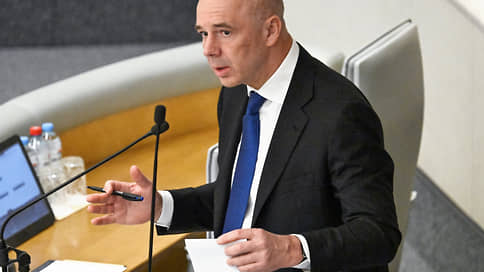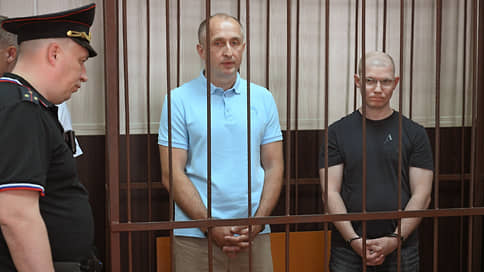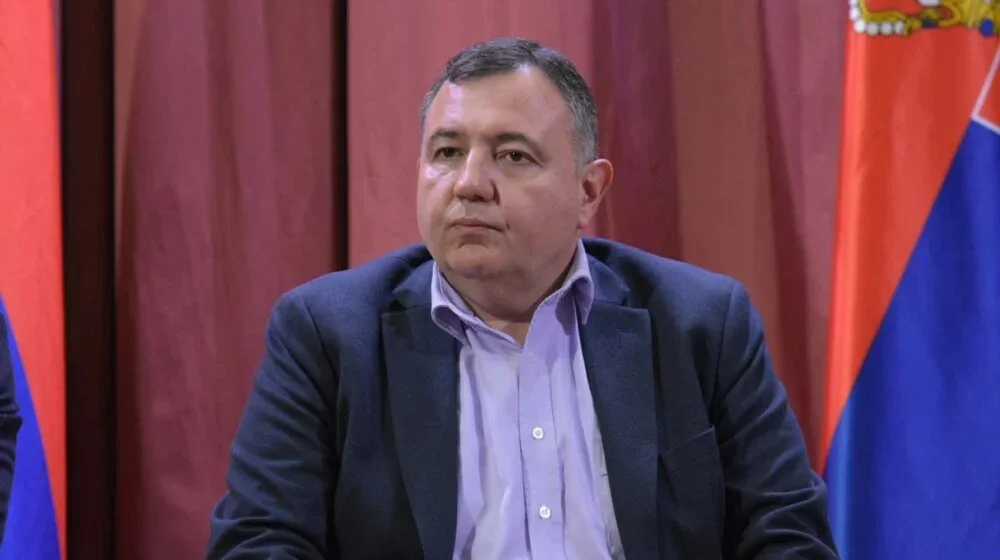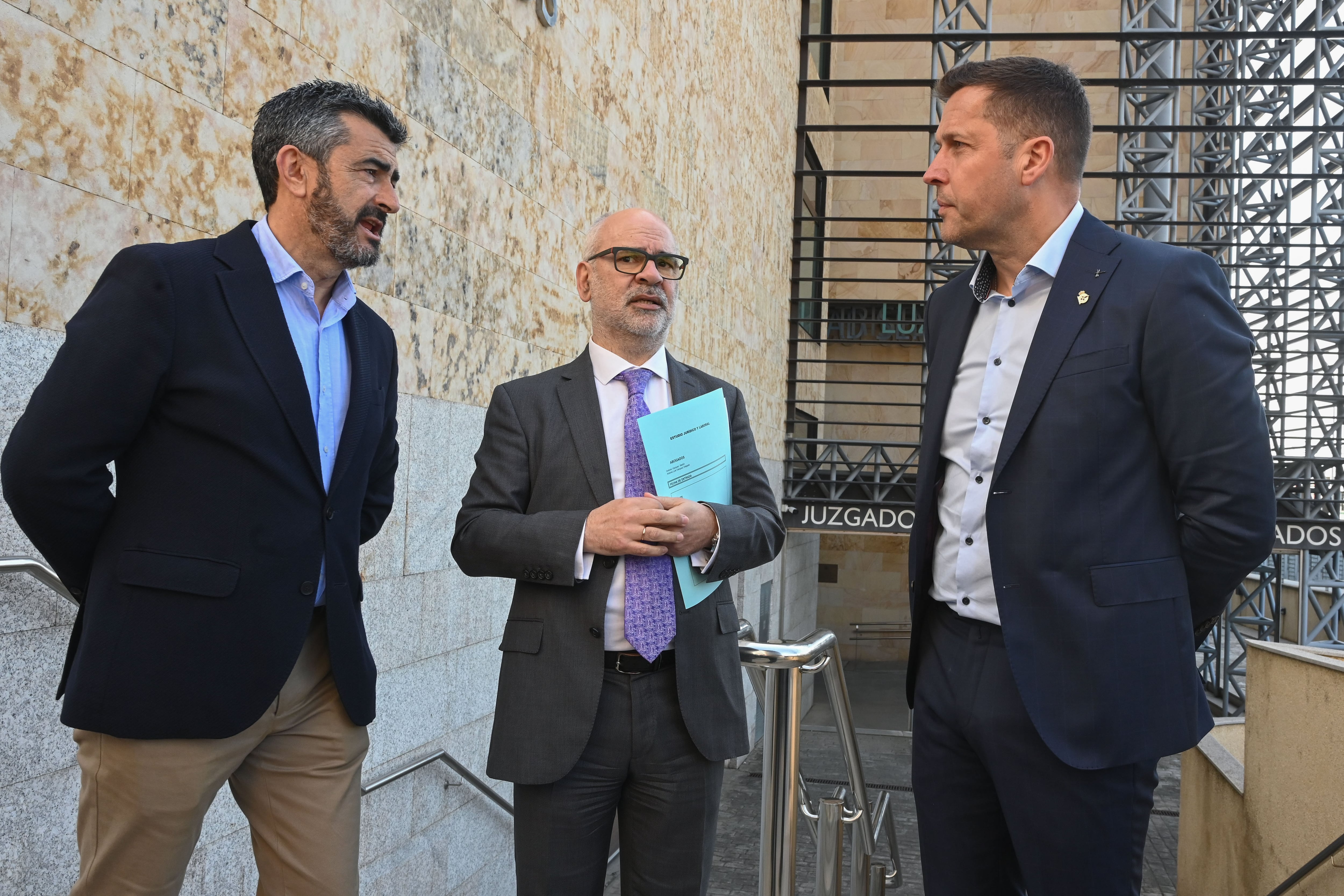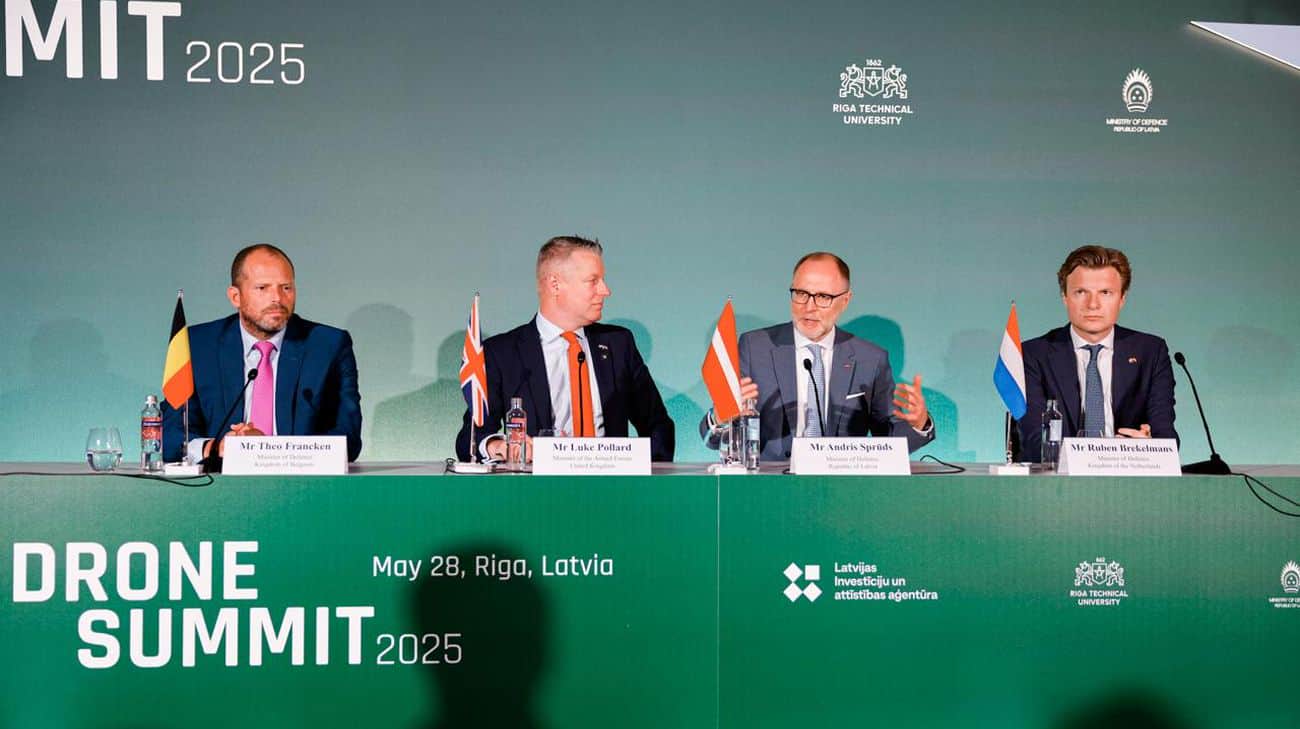RusHydro power plants in the Far East can return 17 billion rubles. losses
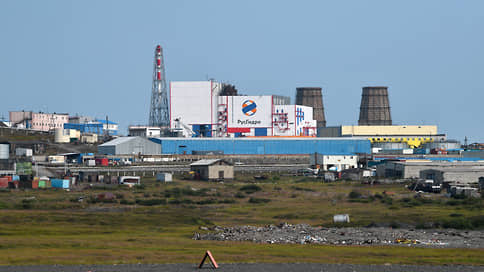
According to Kommersant, RusHydro power plants (MoEx: Hydr) In the Far East due to increased payments for power, about 17 billion rubles will be able to return. losses that arose due to an increase in coal prices in the region. Far Eastern coal TPPs are chronically unprofitable due to the fact that current tariffs do not cover the increase in fuel prices. But so far the FAS proposes to compensate for losses for three years, which, according to analysts, will not critically affect prices. In order to eliminate the very problem of imbalance, consumers urge to revise the approach to pricing by coal as a whole.
The government in 2025–2027 may increase the power for the Far Eastern generating company (DGK; part of RusHydro) to compensate for 17.1 billion rubles. Losses from buying coal in 2011–2023. This follows from the materials of the Government Commission on the electric power industry, which will be held on June 4 (“Kommersant” saw materials).
The tariff revenue of the RusHydro TPP in the region does not cover the cost of buying coal.
Regulators limit the company’s expenses for the purchase of fuel, at the same time, coal is traded at free prices and actual expenses do not coincide with the inherent in the tariff. The installed capacity of the PPC TPP in the region is 4.6 GW, the loss of the company in RAS in 2024 increased by five times relative to 2023, to 42.7 billion rubles.
Now the government is working on a number of measures to improve the financial condition of RusHydro, including the Far Eastern assets, from the refusal to pay dividends to the extension of subsidies for consumers of electricity due to the rest of the Russian Federation until 2035 and accelerated liberalization of prices for hydroelectric power plants in the Far East (See “Kommersant” dated February 11, March 3 And April 21). Russian President Vladimir Putin also proposed to support unprofitable thermal power plants by introducing priority supplies to the domestic market for coal miners for energy needs at regulated prices.
The FAS also offers to remove part of the funds from the Far Eastern General General General General. According to the FAS calculations, which controls the largest coal Primorskaya GRES (1.5 GW) of Kuzbasenergo in the Far East (part of the Siberian generating company; SGK) received an extra 4.88 billion rubles through tariffs, which are proposed to be removed for three years.
RusHydro and the Yakutskenergo included in it also received an overpayment of 25.4 million rubles, which the FAS offers to remove in one year.
Thus, the salted additional payment of the energy market for power in 2025–2027 may amount to 12 billion rubles.
The Ministry of Energy and FAS “Kommersant” was not answered, the “market council” (energy market regulator) only noted that expenses or withdrawal of funds can affect the price of power, but for “a reliable assessment, it is necessary to take into account many other components of value”.
The RusHydro and SGK refused comments. The “Energy Consumer Community” emphasizes that it is necessary to eliminate non -regulation, but it is even more important to eliminate its causes by revising the approach to energy coal for the domestic market in national interests.
As the director of the Center for Research in the NIU HSE, Sergei Sasim, notes, accounting for the income of the DGC for fuel in the amount of 17.1 billion rubles. It will be partially compensated by the deduction of excess funds received by other generating companies, primarily Kuzbassenergo.
The inclusion of these expenses is the growth factor for electricity price in the region, but the influence of measures, according to its estimates, will be insignificant.
The final impact will depend on the decisions adopted at the Government Commission on the distribution of the specified amount for a three -year period, he adds. “Given the additional indexation of the gas price for energy by 21.3%, as well as possible low water content in the upcoming period, the return of these funds and maintaining an increase in electricity price in the Far East at the Central Russian level seems to me a quite feasible task,” he notes.

